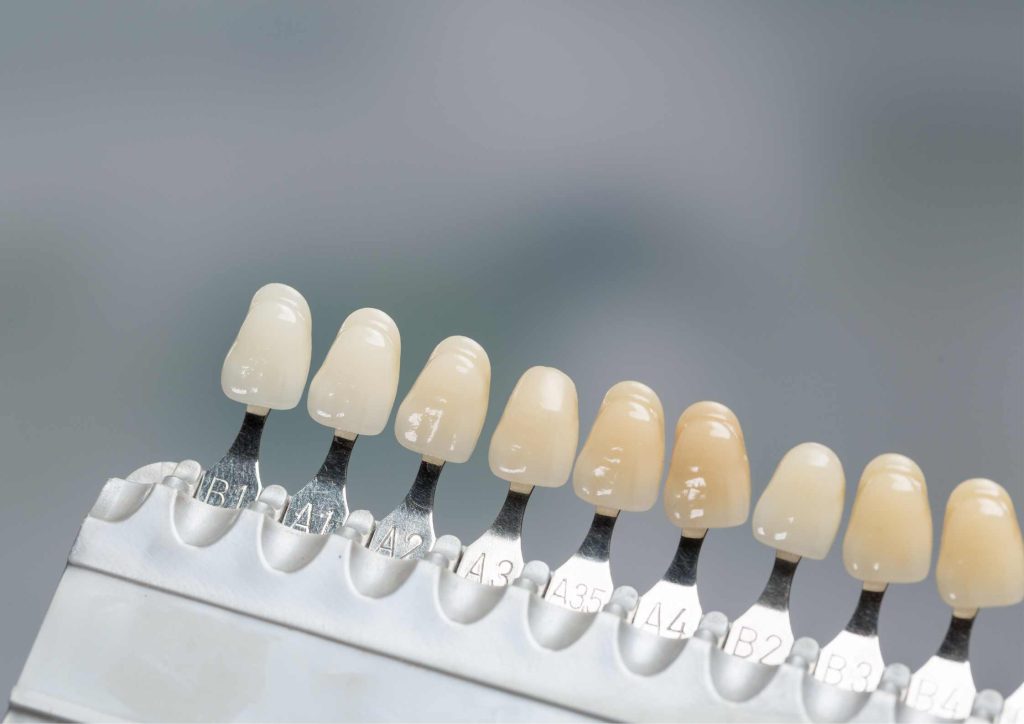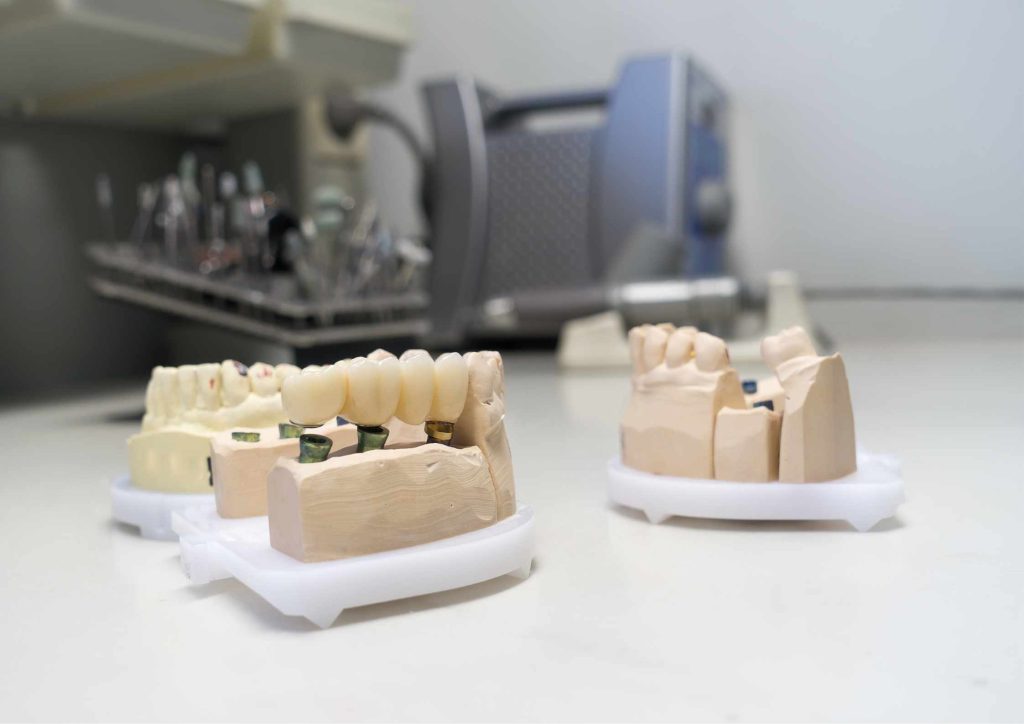“Capped teeth,” a term you might often hear in dental clinics, are known in the professional world as dental crowns. They serve as a cover or “cap” put over a tooth, bringing it back to its original shape, size, and strength and improving its appearance.

If you’ve ever battled with a damaged or decayed tooth, a dental crown might be the superhero you need. It not only gives your teeth a facelift but also restores your tooth’s function and overall oral health.
Capped teeth come in a multitude of types, materials and vary in cost. These options ensure everyone finds a fit that suits their unique dental needs. Let’s dive in and explore the fantastic world of dental crowns, shall we?
Capped teeth are like the multifaceted personalities we all have – each different, each fitting a unique situation. Here’s a handy guide to understanding the various types of dental crowns:
Full Crowns: As the name implies, these cover the entire visible part of the tooth. They are your best bet when the whole tooth needs some TLC.
Partial Crowns: Partial crowns cover only a portion of the tooth. They’re the undercover agents of the dental crown world.
Onlays: They cover the biting surface and one or more cusps of the tooth. Think of them as a protective hat for your tooth.
Inlays: Fitting within the cusps of the tooth, inlays are like snug gloves providing strength and stability.
Post and Core Crowns: These crowns include a metal post extending into the root canal to support the crown. They’re the bionic component in the crown universe.
As you see, each type of capped tooth offers unique advantages and is suitable for specific situations. Remember, your dentist is the best person to guide you on the most suitable crown type for your dental needs.
Now that we have covered the types of dental crowns, in our next section, we’ll be exploring the materials they’re made of. Stick around!
Just like choosing the fabric for a tailored suit, the material for your dental crown needs to be picked with care. Here are the most commonly used materials for capped teeth:
Metal Crowns: These include gold, silver, or other alloys. They are durable, resistant to wear and corrosion, and have the strength of superheroes!
Porcelain Crowns: Mimicking the natural color and translucency of tooth enamel, these crowns are like a chameleon in your mouth.
Porcelain-Fused-To-Metal Crowns: This combination of metal and porcelain gives you the best of both worlds: strength and beauty.
Resin Crowns: This plastic material is an affordable option that can also match the tooth color.
Zirconia Crowns: Zirconia, a ceramic material, offers the strength of metal and can be customized to match your tooth shade.
Choosing the right material for your capped tooth affects its cost, longevity, and appearance. Your dentist will help you make the best choice according to your needs and budget.
Getting a dental crown is a process that requires careful steps. Here’s what to expect:
Each step of the procedure has its unique preparation needs. For instance, ensure you have all your dental history and insurance information before the consultation. Before the preparation, maintain excellent oral hygiene. Depending on the extent of the tooth preparation, your dentist may use local anesthesia to numb the area during the crown placement. Inform your dentist if you have any allergies or adverse reactions to anesthesia.

And, of course, throughout all these steps, be prepared to flash that beautiful smile of yours!
A capped tooth, just like a natural tooth, requires care and maintenance. Here are some ways to keep your dental crowns in tiptop condition:
In addition, it’s crucial to be aware of potential issues and how to prevent them:
Capped teeth, while a popular choice, are not the only options to restore damaged or decayed teeth. Other alternatives include:
In conclusion, while capped teeth offer a durable and versatile solution for damaged or decayed teeth, the best option depends on the extent and location of the damage, the condition of the surrounding teeth, your oral and overall health, your aesthetic expectations, and your budget.

Always consult your dentist to make an informed decision.
As with any dental procedure, capped teeth may come with certain risks and complications, such as:
Prevention is better than cure, so here are some tips:
Here are answers to some common questions about capped teeth:
How long do they last?
Dental crowns typically last from 5 to 15 years, depending on the material and your oral care.
How do they affect eating and speaking?
Initially, you may notice a difference, but with time, you should adjust and function normally.
How do they look and feel?
Dental crowns are created to resemble and have the same sensation as real teeth. They usually become comfortable after the initial adjustment phase.
Can crowns be repaired or replaced if damaged?
If a crown gets damaged, your dentist can repair or replace it depending on the extent of the damage.
While this article provides a broad overview of capped teeth, remember that your dentist is the best resource for personalized advice. If you’re interested or have any further questions, don’t hesitate to schedule a consultation or call directly at 586 775 4260. Dental crowns are a fantastic solution to restore both the function and appearance of your smile!